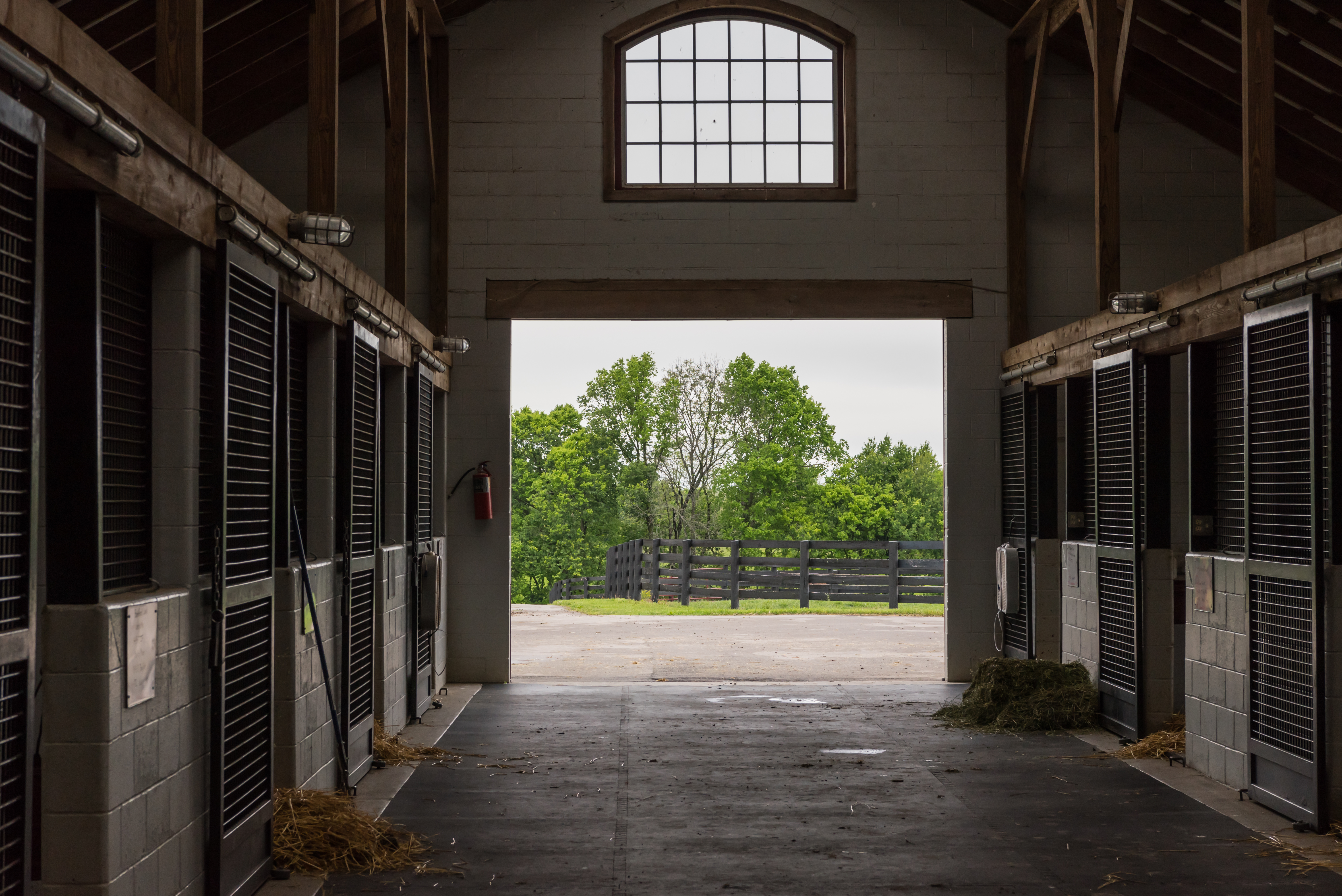During this time we’re taking extra precautions and self quarantining to keep others in our community healthy. We want to offer daily tips that’ll help you pass the time during your self quarantine and even give you a jump start to your spring cleaning.
While it’s always important to disinfect your stalls if you’ve dealt with a sick horse on your property, it’s also not a bad idea to do some spring cleaning to ensure your barn is staying clean.

Clean out your stalls. Remove everything from the stall. This includes any feed, bedding, and water buckets or removable feeders. Set aside your buckets and feeders os you can disinfect those separately.
Scrub the walls. Make sure your stall walls are wet and then thoroughly scrub them with a detergent to loosen any debris.
Replace or clean mats. Some people prefer to have rubber mats at the bottom of their horse’s stall for extra comfort. If you keep rubber mats in your stall, now is a good time to pull them out and disinfect them or see if they need to be replaced completely.
Clean buckets. It’s important that you let your walls completely dry, as any moisture left behind will dilute the disinfectant you’ll apply next, rendering it less effective. While walls dry, now is a great time to focus on cleaning your water buckets and feeders. Hose down all buckets and use bleach diluted in water to scrub them. You can also soak your buckets and feeders in bleach for 5 minutes.
Disinfect. Thoroughly spray all surface areas with an effective disinfectant. Lysol is a good choice if the walls are particularly manure-stained; it’s more effective in the face of organic material than other products. Bleach is a good alternative if the surfaces are very clean. Be sure to read the label to find out the recommended amount of bleach to add to your water.
Learn more about disinfecting your entire barn here.






